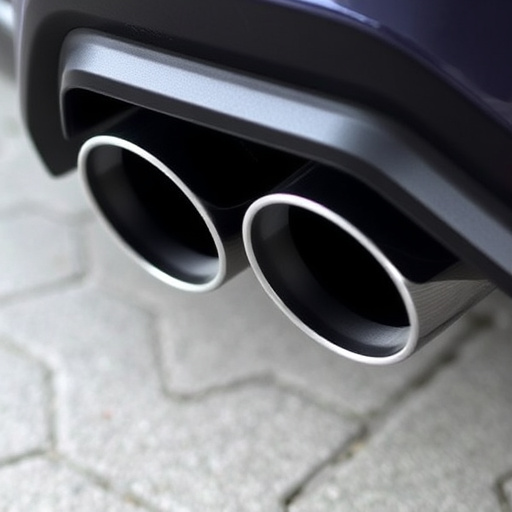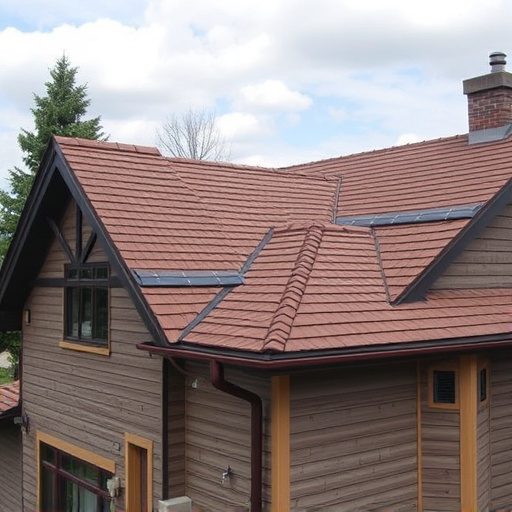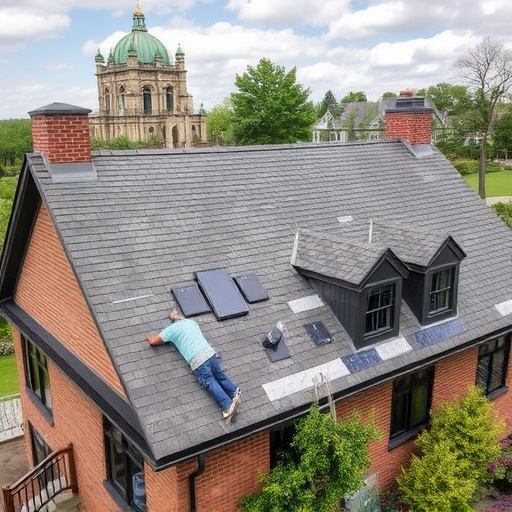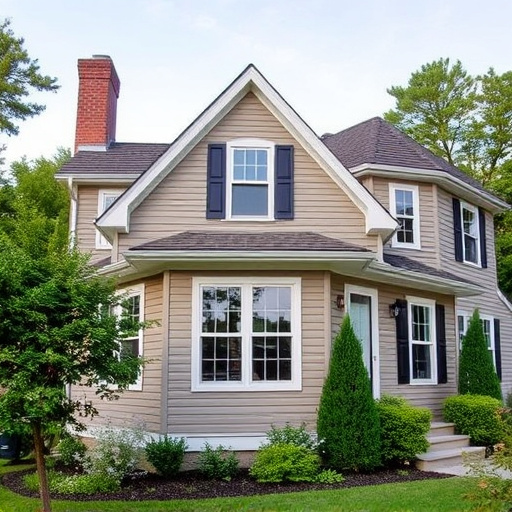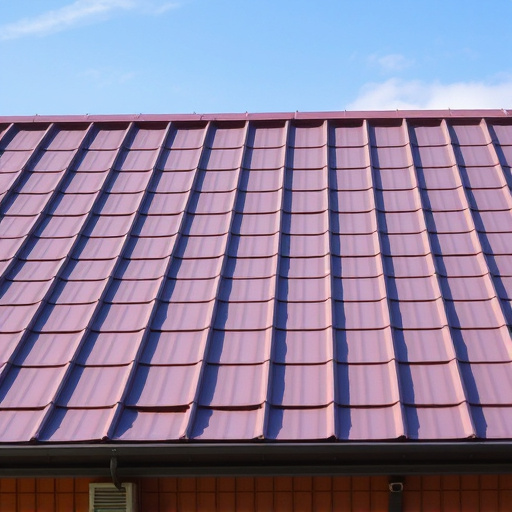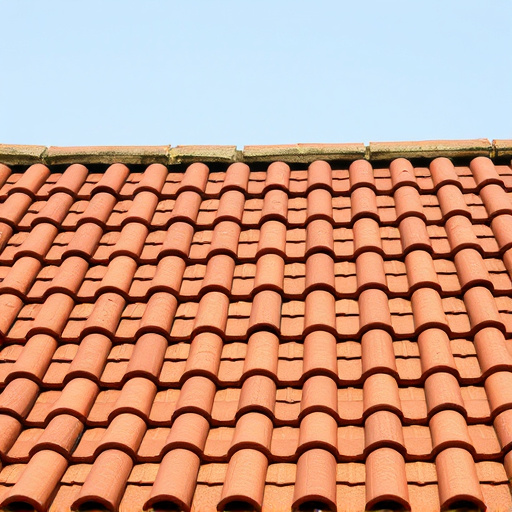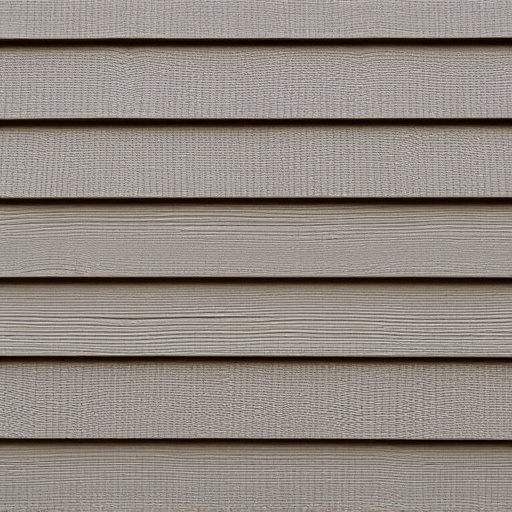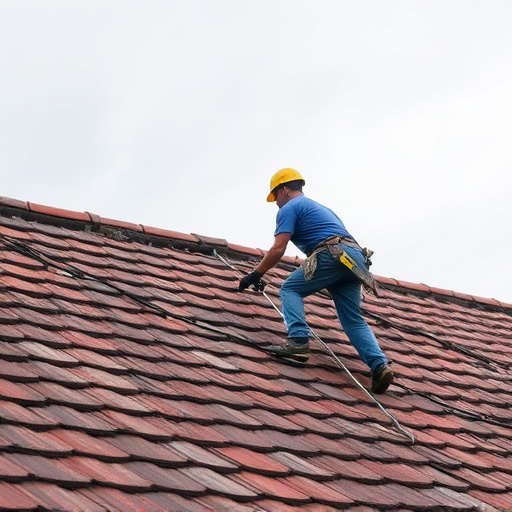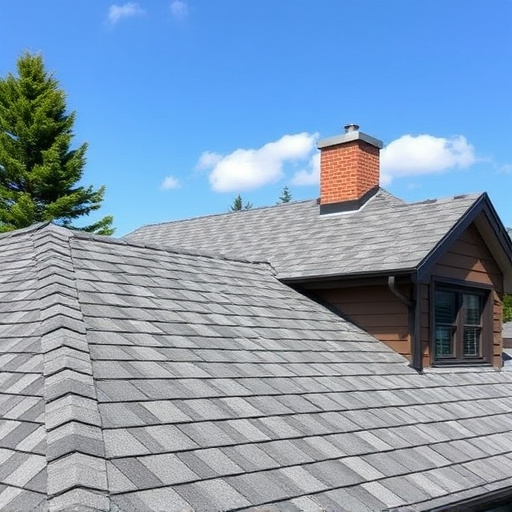Choosing the right siding solutions involves a balance of aesthetics and functionality. Consider climate conditions, such as needing low-maintenance vinyl in milder areas or durable fiber cement for harsher weather. Evaluate structural soundness, check for damage, and ensure roof/foundation integrity before installation. Budget, maintenance expectations, and regional factors guide selection between natural wood (requiring upkeep) and low-maintenance alternatives like composite or vinyl sidings.
Choosing the right siding solution is a crucial step in enhancing your home’s exterior. This comprehensive guide walks you through understanding various siding types and their benefits, navigating essential selection factors, and selecting the ideal option for your needs. From durability to aesthetics, learn how to compare different siding materials like vinyl, fiber cement, wood, and more. By following these steps, you’ll make an informed decision that not only boosts your home’s curb appeal but also ensures long-lasting protection against the elements.
- Understanding Siding Solutions: Types and Benefits
- Factors to Consider When Choosing Siding Materials
- Steps for Selecting the Ideal Siding Solution
Understanding Siding Solutions: Types and Benefits
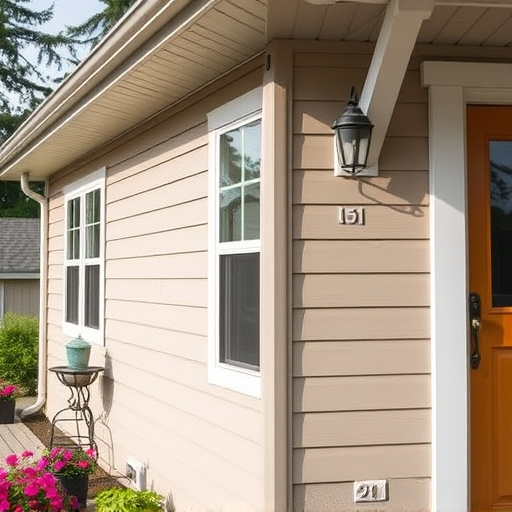
Siding solutions are an essential aspect of any property’s exterior, offering both aesthetic appeal and functional benefits. There are various types available in the market, each with unique characteristics and advantages. From traditional vinyl to versatile fiber cement, wood, and metal, homeowners have a plethora of options to choose from. Understanding these materials is crucial when embarking on a residential siding project or considering roof repair and replacement.
Each siding solution comes with its own set of benefits. Vinyl, for instance, is known for its low maintenance and durability, making it an excellent choice for those seeking long-term savings. Fiber cement provides superior insulation and resistance to rot, ideal for regions with harsh climates. Wooden siding adds a touch of classic charm and natural beauty, while metal siding offers strength and longevity. When comparing, consider factors like cost, installation ease, warranty, and the specific needs of your property, whether it’s a simple repair or a full replacement.
Factors to Consider When Choosing Siding Materials
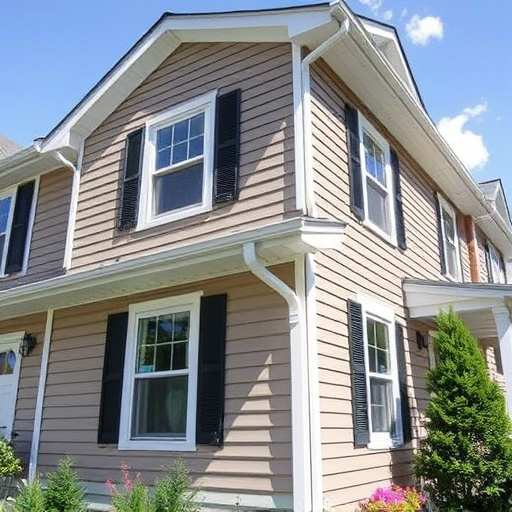
When choosing the right siding solutions for your home, several key factors come into play. First and foremost, consider the climate in your area. Different materials offer varying levels of insulation, water resistance, and durability against extreme weather conditions such as heavy rain, snow, or strong winds. For instance, vinyl siding is a popular choice for its low maintenance and flexibility, making it suitable for regions with mild winters and occasional storms.
Another essential aspect to think about is the style and aesthetics you desire. Siding materials come in various colors, textures, and designs, allowing you to enhance your home’s curb appeal. Wood siding, known for its natural beauty, offers a classic look but requires regular maintenance like painting or staining. Fiber cement siding, on the other hand, mimics the appearance of wood but is more durable and low-maintenance. Additionally, consider your budget, as different siding options have varying price points, and consult with professionals to assess the best residential roofing or roof repair solutions for your specific needs.
Steps for Selecting the Ideal Siding Solution
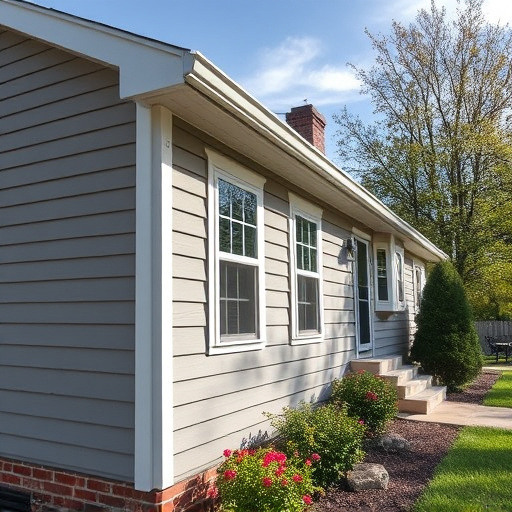
Selecting the ideal siding solution for your home involves a strategic process that considers both aesthetic preferences and functional requirements. Begin by evaluating the structural integrity of your exterior walls, ensuring they’re prepared properly for any new installation. This includes checking for damage or rot, as well as verifying that your roof and foundation are in good condition to support the weight of the siding.
Next, consider your climate and local environmental factors. In regions prone to harsh weather conditions like heavy rain or snow, durable materials such as fiber cement or vinyl siding offer superior protection against water damage and extreme temperatures. Moreover, examine your budget and maintenance expectations. While some siding options, like wood, may be aesthetically pleasing, they require regular upkeep to prevent warping or rot. In contrast, low-maintenance alternatives like vinyl or composite sidings offer long-term savings by eliminating the need for frequent repairs or replacements, making them a smart choice for exterior home improvements and roofing applications alike.
When comparing siding solutions, understanding your specific needs and preferences is key. By evaluating factors like durability, aesthetic appeal, maintenance requirements, and budget, you can make an informed decision that aligns with your home’s unique character and your personal vision. Remember, the right siding solution not only enhances your home’s curb appeal but also stands as a long-lasting investment, protecting your property from the elements for years to come. Explore the options, weigh the pros and cons, and choose wisely among the diverse array of siding solutions available today.
